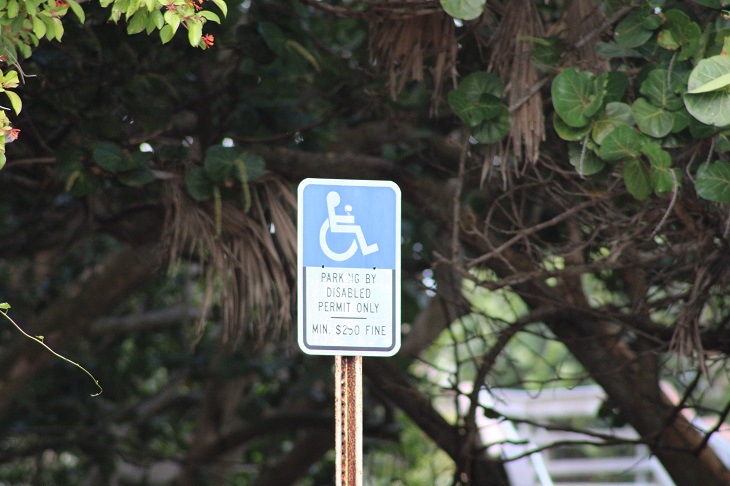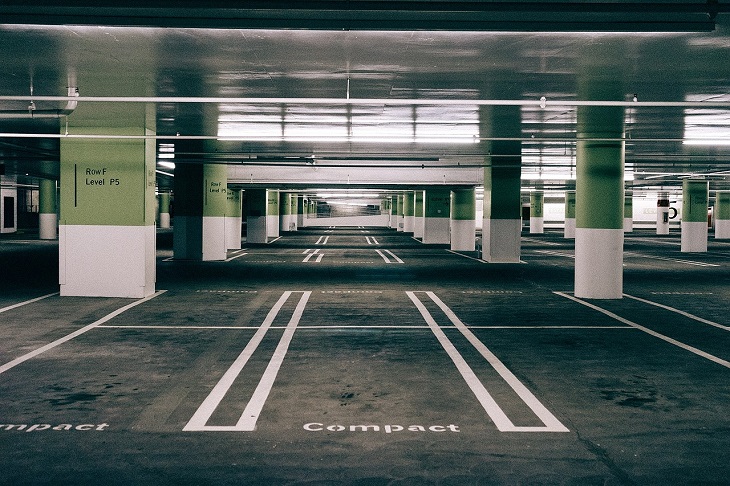For drivers with disabilities, having a disability placard can make life much easier. This is particularly important for disabled drivers in Alaska, since the state’s frigid climate means snow, ice, and below-freezing temperatures can make mobility and accessibility even more challenging.
If you live in Alaska and have a disability, you may qualify for a disabled parking permit. Alaska handicap parking laws allow drivers with a permanent or temporary disability permit or license plate to legally park in any disabled parking space, as long as their permits are valid and haven’t expired.
If you or someone you love lives in “The Last Frontier,” here are the qualifying conditions for a handicap parking permit in Alaska, plus all you need to know about how to apply.
What qualifies for a handicap placard in Alaska?
Alaska’s Division of Motor Vehicles outlines the qualifying conditions for a disability permit, and to qualify, you must meet at least one of their requirements. However, some of them can apply to a range of different health conditions.
If you’re unsure whether you’re eligible, book a telehealth consultation with a health professional to discuss your situation, or visit your family doctor. Because medical approval is required for disabled parking permits in Alaska, a doctor is best placed to examine your medical history and determine which of the requirements you would be eligible for.

Here are the requirements within Alaska:
- You’re unable to walk more than 200 feet without needing to stop or rest
- Health issues due to lung disease
- You require the use of a portable oxygen machine or tank
- You’re unable to walk safely without the help of an aid, such as a cane, crutches, a wheelchair, the help of a carer, or you require the use of a prosthetic device
- You have a Class III or Class IV heart condition, as set out by the American Heart Association
- You have a medical condition that makes it challenging or impossible to walk. This could be related to arthritis, orthopedic issues, or neurological conditions.
You don’t need to have a permanent health condition to qualify for a permit, as Alaska offers temporary placards with a validity of six months. This is to assist drivers who have a short-term mobility limitation, due to conditions such as surgery or illness. For temporary disabled drivers, your medical professional will give set start and end dates, which lets the DMV know how long you’ll need access to a disability placard.
Temporary disabled drivers will be given a placard to display on their rearview mirror, while those with permanent disabilities will have either a placard or a special disability license plate.
If you’re a carer for someone with a disability, who is unable to drive themselves, you can apply for a permit on their behalf. A carer can drive and park in any disabled parking space, but only when they’re with the person they’re caring for. Organizations and medical facilities can also qualify for a permit to use when transporting disabled clients or members.
Note that veterans are also able to qualify for a special disability placard within Alaska. To qualify, you’ll need a letter from Veterans Affairs affirming that you have a disability that relates to your time in the service. Veterans are also eligible for disabled veterans’ license plates.
How do I get a handicap parking permit in Alaska?
Don’t worry – Alaska makes its application system straightforward and simple to understand! First, obtain a copy of the Alaska DMV handicap form, known as Form 861. You can find it online or at your local DMV office.
Complete Part I of the form yourself, outlining your personal contact details. Part II needs to be completed by an authorized medical professional – this is simply to prove you have a genuine need and to prevent people from taking advantage of the disability permit system.
Part II can be completed by one of the following medical professionals:
- Physician or physician assistant
- Nurse practitioner
- Podiatrist
They’ll sign off on your form, indicate which requirement you meet, and provide their occupational license number.

Part III of the form is for DMV use only, so leave that blank. Then, submit the completed form at your local DMV office or by mail:
Division of Motor Vehicles
ATTN: Special Disability Parking Permit
3901 Old Seward Highway, Suite 101
Anchorage, AK 99503
There is no charge for either a disabled placard or license plate. However, if you need a second set, you’re required to pay a $100 application fee.
And what about handicap placard renewal? Permanent placards need to be renewed every five years. Temporary placards are usually valid for six months, but you can easily reapply if you have a genuine need.
With your Alaska disability placard, you can enjoy the rugged, dramatic beauty of the state safely. Download your application form and get started – once you submit your forms, your placard will arrive quickly and you’ll be good to go!
Featured image by Jacob Vizek on Unsplash







